Drop into the Stillness of Health
Balancing your natural rhythm for optimum health
Biodynamic Craniosacral Therapy
Biodynamic Craniosacral Therapy (BCST) is a deep healing modality that acknowledges deep forces in the human body called Primary Respiration. Primary respiration is expressed in the body as a series of stable and palpable tidal rhythms that inform healing decisions in the body. To put it more simply, BCST helps your body bring its healing intentions front and center, where they can do the most good.
As a RCST® Registered Biodynamic Craniosaral therapist, I understand that within each human being there is a subtle tide-like force called primary respiration that manifests as a biodynamic potency and organizing force within the human system.
My role is to perceive the subtle rhythmic pulsations and motions that primary respiration generates, and to respond to the healing intentions of your body. During each session, I orient myself to your history, which is expressed in the dynamics of the fluids, cells, and tissues of your body. In addition, I relate clinically to patterns of trauma, distress, and illness within the context of intrinsic health. My intention is to encourage new levels of order and balance in both your mind and body.
Each session is comprised of a gentle listening touch, which is both diagnostic and therapeutic. You may feel deep relaxation and become aware of alterations in fluid pressures, tissue motions, heat, tingling, feeling-states, and energy movement. Your awareness of such personal processes is an integral part of this work, as BCST is an experiential exploration that encompasses not only physical sensations, but also our mental processes, feelings, and emotions. Tension anywhere in your body can restrict the flow of the craniosacral rhythm. Practitioners use gentle touch, often less than a nickel’s weight, to allow the system to correct itself. In the process, tension can release, allowing for positive change to occur throughout your body.
Craniosacral therapy works directly with the all the body’s tissues and systems, but can also have a positive effect on the energy systems that connect the body, mind and emotions. It can help reduce pain, decrease anxiety, improve sleep and aid recovery from injury and surgery. For you, too, the healing and gentle balancing properties of craniosacral therapy can offer relaxation, increased energy and a heightened sense of physical and emotional well-being.
Why Craniosacral Therapy?
Craniosacral Therapy works with the nervous system, circulatory system and musculoskeletal system. It is suitable for all ages from infants to the elderly. Even complex problems such as fibromyalgia and arthritis respond well to this therapy.
Anxiety
Injuries to the head or spinal cord, concussions and TBI’s. Whiplash.
Insomnia
Digestive problems
Depression
Headaches and Migraines
Visual problems
Pain
Improved immune fuction
Faster recovery from surgery or injuries
TMJD
In children, birth trauma, leaning difficulties, chronic ear problems, tongue tie, and hyperactivity.
“My experience with Cindy and her Biodynamic Craniosacral work has been invaluable. I feel an ease in her sessions that allows me to completely relax and allow the healing work transpire. Being able to listen to and learn from our bodies is a true gift, and Cindy facilitates that conversation in the most gentle, understanding way. She hears my needs, and guides the session with that information in mind. I know that if I need to speak up I can, and also if I leave the intention for the session open that I will receive exactly what I need.”
“How can I begin to convey the wonderful experience of being in the healing presence of Cindy McCall? Her kindness and gentleness, combined with her remarkable intuition and spiritual gifts, are unique. She has purely practical talents as well. Perhaps the best way to describe what it’s like to be under the guidance and care of a dedicated alternative healthcare professional like Cindy is to say, without exaggeration, that it was she who first recognized the serious illness I was suffering from and started me on the path and journey to recovery. I cannot recommend her services highly enough to anyone seeking spiritual comfort and physical wellness. ”
What to expect during a session
For a craniosacral session, you lie fully-clothed on a comfortably padded table. Your therapist begins by placing the hands at your feet and simply feeling or “listening” to the primary respiration and the craniosacral rhythm.
She may also place the hands on your ribs, shoulders, thighs or feet, and may hold a position for some time according to your needs. We sometimes use craniosacral therapy along with other forms of bodywork—such as reflexology and reiki—in the same session to powerfully reinforce each other.
Craniosacral treatments are most often deeply relaxing. You may have a sense of dropping or deepening into the area your therapist is working. You may feel pulsing or a spreading warmth. Some people notice a heightened body awareness.
After a session, you might feel energetic, sleepy or a little scattered. Even if you fall asleep or don’t feel much of anything at first, subtle but profound changes may be occurring that will help you heal over time.


